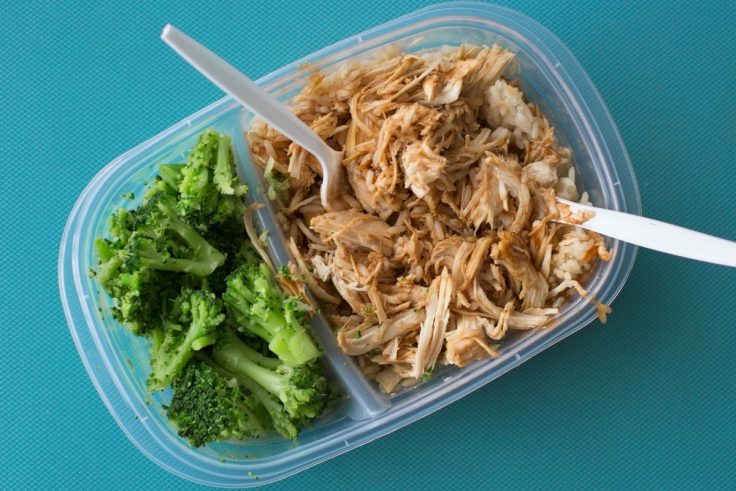What’s Included In A Home-Delivered Diabetic Meal Plan?

Opting for a home-delivered diabetic meal plan can relieve the stress and worries, and make it a lot easier to control your diabetes.
Attempting to create a tailored eating plan which best fits around your lifestyle can be quite tricky at the best of times. But trying to do this as a person with diabetes is even more difficult.
You don’t want to have to compromise on healthy food options just to find something which you’re able to eat. And it’s imperative to have a healthy diet and stay in shape no matter what.
To do this for yourself as an individual can be challenging, especially if you have a busy schedule and may not have the time to go food shopping as often as you should. But if you live with a dependent or spouse who is diabetic, this makes the situation even more challenging.
Luckily, this is where meal delivery comes in. Having a diabetic meal plan delivered to your home can alleviate the stress, worry, and make it a whole lot easier to manage yours or your family member’s diabetes.
Why Is A Diabetic Meal Plan So Important?
As a person with diabetes, you’ll know why it’s so important to control what you’re eating and what goes into your body.
Having a diabetic meal plan enables you to stay ahead of the game, be in control of your diet, and optimize what you eat to stay healthy.
Diabetic meal delivery allows you to have control over your blood sugars, along with being able to manage the other risk factors involved with having diabetes.
A meal plan also enables you to know exactly what you’re eating and what it means in terms of calorie count.
There may be sections in a supermarket or information on packets regarding the suitability of food for a person with diabetes. But you don’t want to waste so much time and energy trawling the grocery shelves after a busy day at work.
Home-delivered food means you know exactly what you’re getting and can enjoy having it delivered straight to your door.
What Should I Be Eating As A Diabetic?
It’s essential to include the following diabetic foods in your diet:
- Fresh fruits, seeds, and nuts;
- Fresh vegetables and leafy greens;
- Whole grain items, such as whole-grain bread, rice, and pasta;
- Poultry, lean meat, and fatty fish;
- Greek yogurt;
- Eggs
It’s also crucial to eat these healthy food items at regular mealtimes throughout the day, and in small portions to best monitor your diabetes and eating habits. It’s all about eating healthily and doing so every day.
What Should I NOT Be Eating As A Diabetic?
It’s important to avoid the following foods:
- Sugary or sweetened drinks;
- Trans fats, such as found in frozen dinners, spreads, and baked goods;
- White bread, white pasta or white rice
- Sweetened cereals;
- Dried fruits;
- French fries.
A tailored diabetic meal plan will not include any of this anyway, which means you don’t have to worry about it.
This doesn’t mean that you have to compromise on the food you enjoy eating, however – that’s the beauty of a meal delivery service!
Frozen Or Fresh?
With a diabetic meal delivery service, you have the option of either, depending on what works best for you. Both are completely compatible with your diabetes.
Fresh produce is always desirable due to it having more nutrients and being delivered ready to eat, such as fresh meats and poultry.
Frozen food still contains enough nutrients, however, and it’s up to you which meal plan you would prefer.
What About Exercise?
It’s important to still maintain your fitness alongside a healthy diet. Staying physically active, while important in managing your diabetes, still needs to be done so safely.
If you are overweight and have been suffering from diabetes for a long time, it’s important to speak to your doctor before you begin any sudden exercise routines.
Your doctor will best analyze your physical fitness with an exam and may monitor your capabilities through a stress test.
This means you may be asked to walk on a treadmill for a certain amount of time in order for your doctor to measure how your heart and blood pressure are coping with the exercise.
It’s also important to spread out your physical activity throughout the week. Short and steady workouts are better for managing diabetes rather than intense workouts for long periods of time.
The best time to exercise is when your blood sugar levels are high. For people with diabetes who use insulin, blood sugar levels should be tested before commencing any exercise.
It’s important to research the requirements regarding blood sugar levels for insulin users when it comes to exercise. Your doctor can also best advise on this.